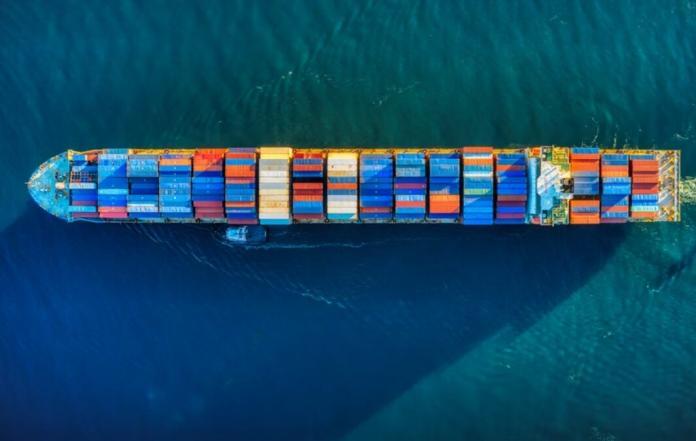Ever wondered what kind of journey that expensive merchandise you ordered online underwent to get to you? Almost 90% of products are shipped via ocean freight – be it food, clothing, oil, raw materials, electronics, medicine, etc. Ocean freighters can transport goods from one side of the world to another, allowing you to indulge in things you would never have gained access to locally.
Maritime shipping is an enormous industry that serves as the backbone of the global supply chain. Even minor disruptions to it can have significant effects in every industry in the world. In this article, we will discuss noteworthy information regarding ocean freight that should give you a better understanding of the industry as a whole.
It plays a massive role in the global economy
The maritime shipping industry positively affects the whole world, and most people aren’t aware of it. Ocean freight ensures goods, essential or not, are more evenly distributed across countries. As no country is entirely self-sufficient, all countries rely on maritime trade to acquire what it needs and sell what it produces. You might have noticed, but many of the things you use every day (e.g., groceries, gadgets, clothing) got to you through ocean freight.
In March 2021, a massive container ship got stuck in the Suez Canal, the shortest maritime route between Asia and Europe and among the world’s most heavily used shipping lanes. The ship blocked the artificial waterway only for a week, but its impact on the global supply chain was deeply felt. The event showed how reliant the global economy was on the constant flow of ocean freighters.
It’s one of the greener options for transporting goods
Despite burning hundreds of million tons of fuel annually, ocean freight still has a smaller impact on global warming than other forms of transportation. In addition, the industry has begun shifting towards sustainable practices to reduce emissions. Some fully electric ships have been built, and some have set sail, and while they still can’t replace the largest cargo ships, they put the industry on the path toward sustainability.
It’s important to know that while ocean freight shipping is a greener option, it still contributes to pollution. While they are fuel-efficient, cargo ships use dirty fuel that releases harmful gasses such as nitrous and sulfur oxide into the atmosphere. The industry also contributes to marine litter and can use some reforms to help reduce plastics in the ocean.
It’s a male-dominated industry
About 98% of seafarers around the world are males. The appalling number of women in the maritime shipping industry can be attributed to several factors. Most women lack information about careers they can have in the marine industry. It doesn’t help that schools do little in raising awareness about maritime career options. In addition, women also get little to no support from their families when they show interest in a maritime industry career. The lack of support eventually frustrates women and discourages them from entering the industry.
A third of male seafarers are Filipinos
The Philippines produces the highest number of seafarers. In 2017, the Philippine Overseas Employment Agency estimated that Filipinos comprise 30% of the seafarers in the world. Filipinos are natural seafarers as they live in an archipelago with a coastline that is twice the size of the US and almost thrice the size of China. Most Filipinos are also bilingual, speaking Filipino and English fluently, giving them an edge in international jobs.
Most ocean freighters are cut off from the rest of the world while at sea
Despite being in an era of the Internet and seamless communication, most ocean freighters cannot communicate with the rest of the world while sailing. In addition, only 10% of seafarers of the ships that do have communication with the world have access to the Internet. However, don’t think that ships are totally blind when out in the sea. Today, most ships are equipped with high-tech devices that allow them to receive or gather information crucial in sailing safely. There are also plenty of off-ship instruments that help out disconnected ships. For instance, weather buoys have been used to locate missing or overdue vessels.
Piracy costs the industry billions of dollars annually
As long as there is maritime trade, there will be pirates. Unlike the cutlass-wielding pirates of the Golden Age of Piracy, pirates today rely on guns and other technology to find and attack targets. Despite being less prevalent than before, privacy is still a real threat that costs the industry 50 billion dollars per year. Apart from cargo being stolen and voyages being disrupted, ships are also forced to take a less efficient route to avoid pirates. Today, the Malacca Straights, the Gulf of Aden, the South China Sea, Benin, Nigeria, Somalia, and the Gulf of Guinea are among piracy hotspots.
Related posts:








